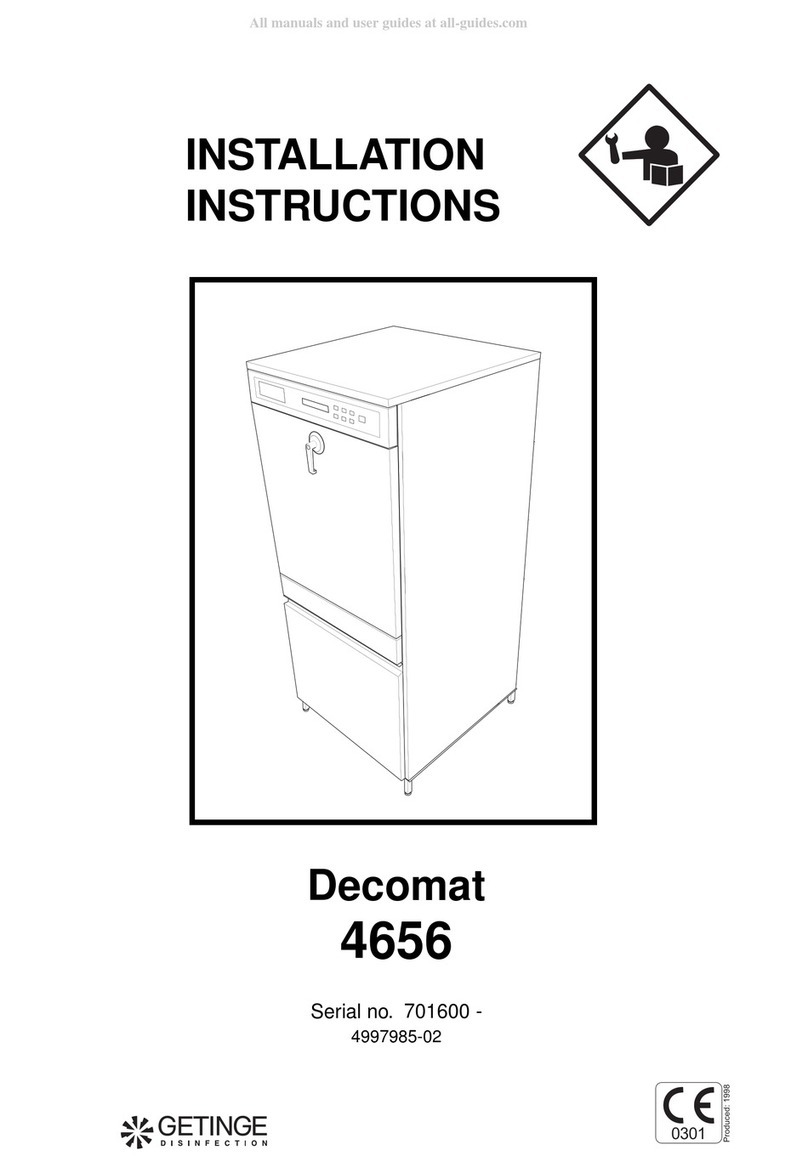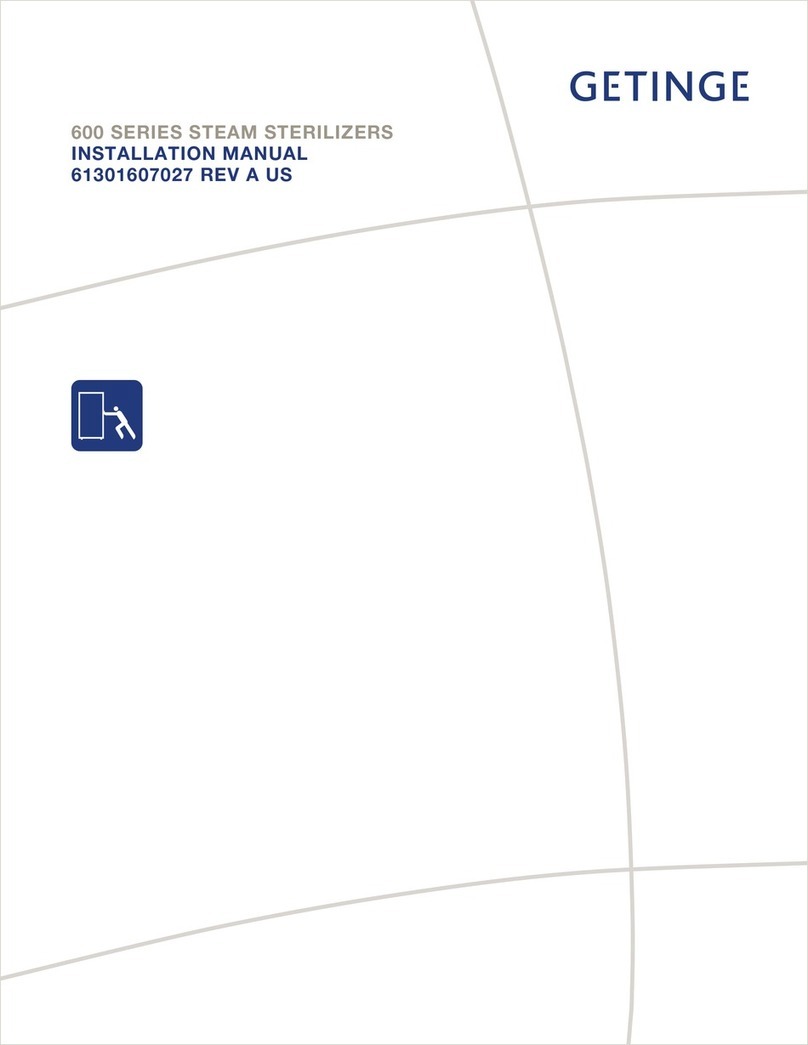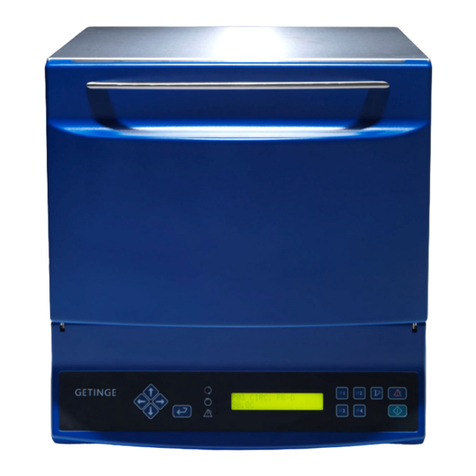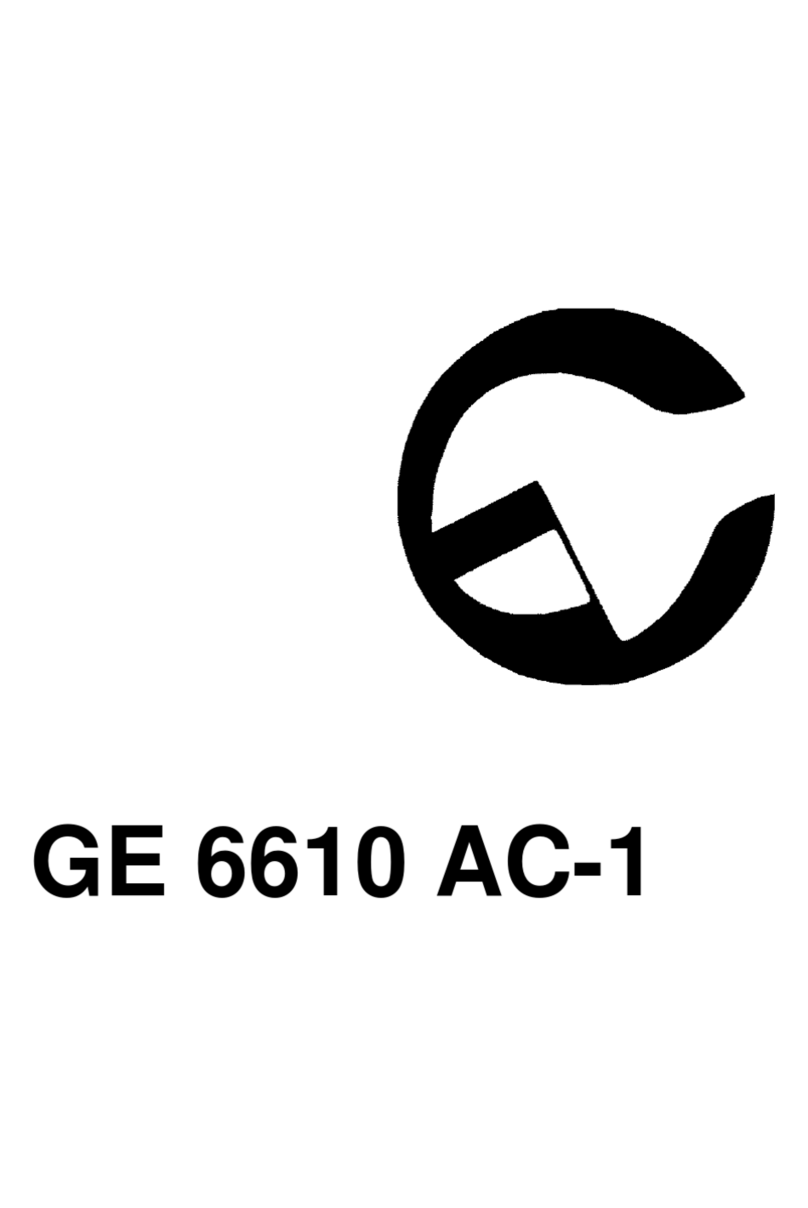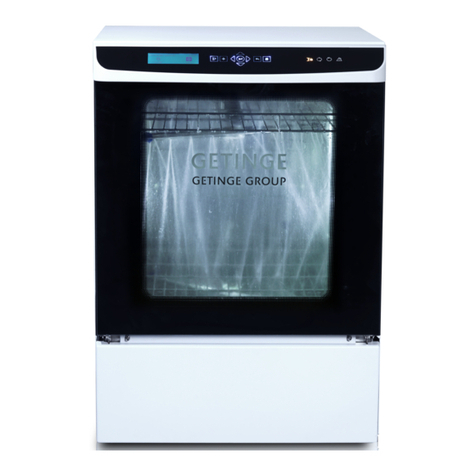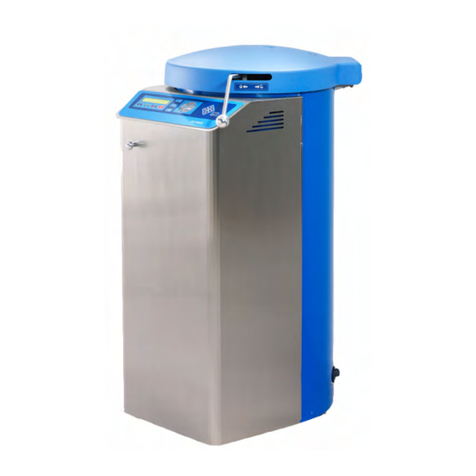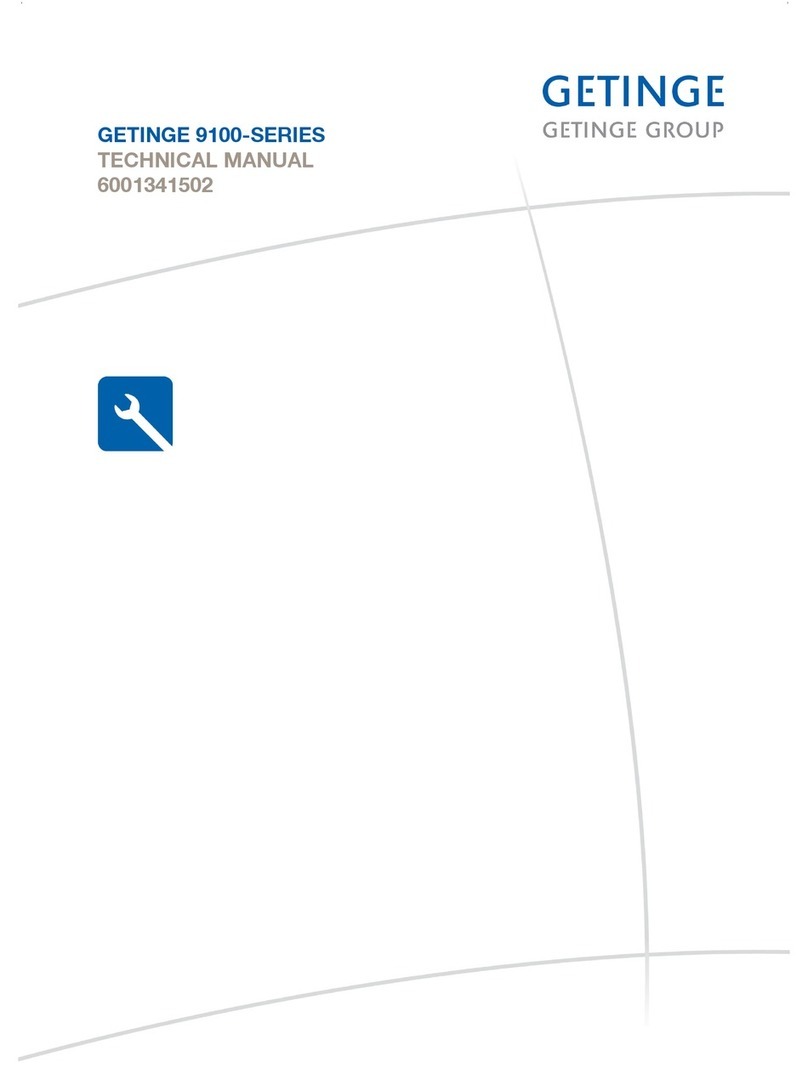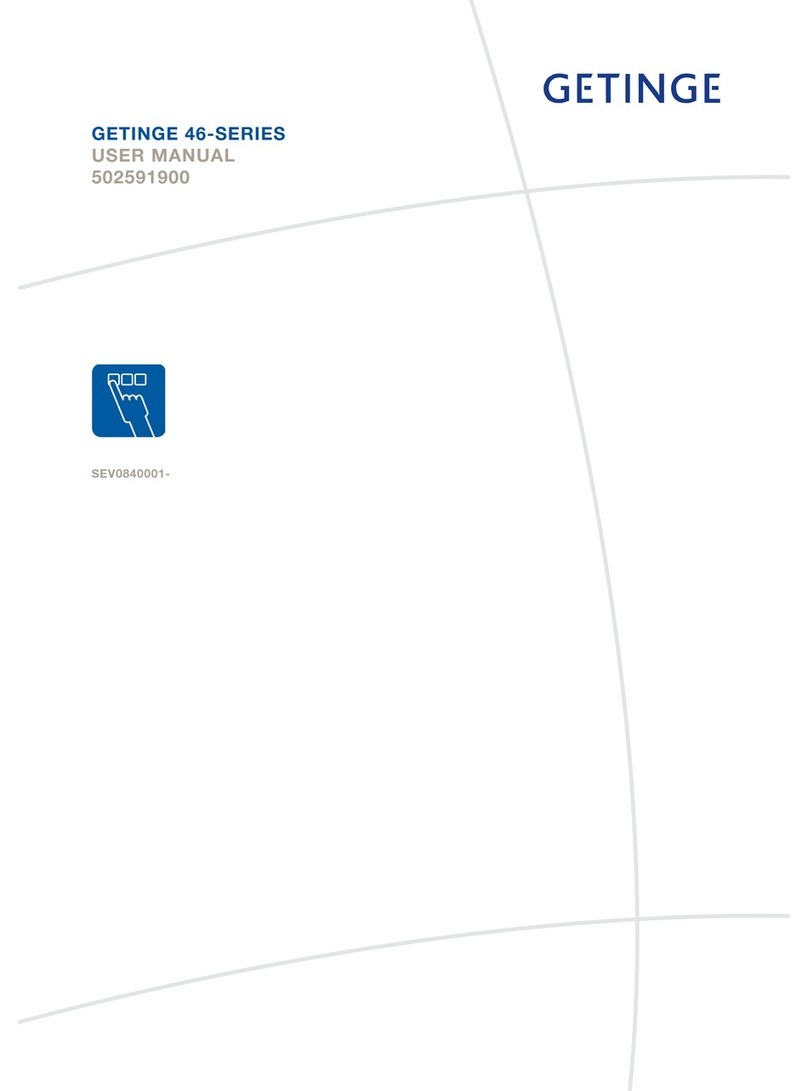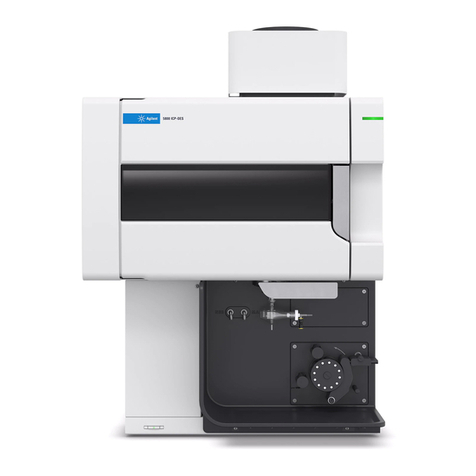
<Doc_USR><Doc_502796900><Rel_E><Lang_MULTI>
Page 7 of 128
ENGLISH
SAFETY REGULATIONS
The equipment must be used in accordance with the safety instructions be-
low. If in doubt, contact a representative of the reseller without delay.
Caution
• Take care when handling the chemical detergent used in the machine. Read the
details on the container or contact the manufacturer:
- if the agent comes into contact with the operator’s eyes or skin or if the vapours
are inhaled, etc.
- about storing the agent and disposing of empty containers.
• The equipment must only be used by personnel who know about it and are trained
to use it. Personnel must also receive regular training on this equipment.
• Read the instructions thoroughly before use
• Never use the usher-disinfector if unsure how to operate it.
• Follow the written instructions.
• Keep the equipment clean.
• Switch off the electric power before opening the machine cabinet. (The machine
cabinet contains electrical components.)
• Ensure that there is always agent in the containers This is important both for
the operation of the machine and for keeping the ushing chamber free from
discolorations .
• Always use equipment in accordance with the local regulations.
• Always connect the equipment via an RCD (residual current device).
• Always use an earthed power supply for the usher-disinfector.
• If the goods have not cooled after cleaning, ensure that they are handled with care
- to avoid burn injuries.
• Before starting, check the waste outlet at the bottom of the ushing chamber for
blockages. This will ensure that the usher-disinfector works properly.
• Do not place items that are sensitive to heat or moisture on top of the usher-
disinfector .
• If the machine has not been used for 72 hours the steam generator and circulation
pump must be emptied. This operation must be performed by authorised personnel.
For further instructions see Technical manual.
Do not wash down or hose down the machine with water.
Product liability
Any modication or incorrect use of the equipment without the approval of Getinge
Disinfection AB invalidates Getinge Disinfection AB’s product liability.
This product has been manufactured by:
GETINGE DISINFECTION AB
Ljungadalsgatan 11, Box 1505
351 15 Växjö, Sweden
In an emergency
• Switch off the main switch
• Close shutoff valves on the water and (where present) steam supply lines.
